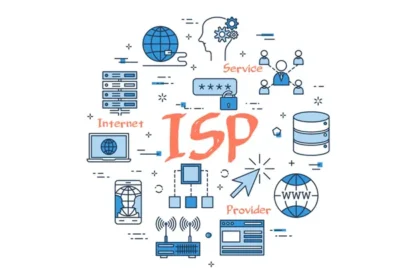Data Operations are the latest addition in the block to emerge from the big data and IT professionals’ collective domain. DataOps seeks to promote data management practices and processes to improve analytics accuracy and efficiency. The principal of which includes improved data access, data quality control, automation, integration, model delivery, and end data management.
DataOps is all about reconsidering how businesses are managing their data with a long-term data vitality goal. Better data management has long-term repercussions which lead to improved and more easily accessible data. Considerable data, both in terms of quality and quantity, set the stage for lucid analysis, paving the way for better insights, business strategies and higher profitability. In a nutshell, DataOps aims to promote an integrated collaboration among data scientists, engineers and technologists to exploit data for a higher power.
In an attempt to balance innovation and collaboration, DataOps seeks to incorporate Agile Development into data analytics so that data teams and users work together more effectively and efficiently.
Data Crystallization
DataOps aims at removing some of the current chaos within the company’s operations affecting developers and stakeholders. Lack of coordination is also the cause of poor data management. Consider that, for example, when someone in some company asks for a new report, there is always a sense of vagueness as to who is going to follow up with that request. It also happens that someone will inquire and that data engineers can provide it according to their understanding, which might not be the knowledge they are looking for. This cycle can lead to missed deadlines and frustrations mounting.
There is no definitive approach to DataOps implementation, but there are a few key areas to start with.
- Data Democratization: Democratization of data implies the accessibility of data for all. The quantity of data generated is increasing with leaps and bounds.
- Leverage Data Platforms: DataOps practice requires a languages-based data science platform and framework support such as Python, R, notebooks for data science, and GitHub. Also, the platforms are equally crucial for data movement, orchestration, integration, performance.
- Automate for Momentum: Data managers must automate manual steps that are unnecessarily time-consuming, such as data analytics pipeline monitoring and quality assurance testing, to achieve faster turnaround times on data-intensive projects.
- Cautious Governance: The Center of Excellence approach does not fit when it comes to the relatively recent DataOps, the traditional foundations of governance. Until a company sets a blueprint for success and brings together processes, tools, infrastructure, priorities to govern DataOps is contentious.
- Foster Cooperation: Collaboration is indispensable to implementing DataOps. Tools, platforms, frameworks, governance must support the people behind them in a seamless way. The aim is to achieve a broader objective of putting together teams to make better use of the data.
As mentioned, DevOps’ long-term success lies in uniting two separate groups that make up traditional IT. The classic relationship between development work and operational work will decide how an organization will revolutionize its data management by leveraging DataOps’ power.










